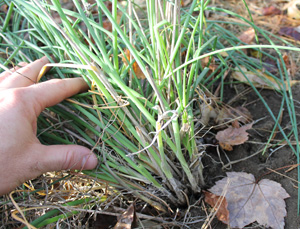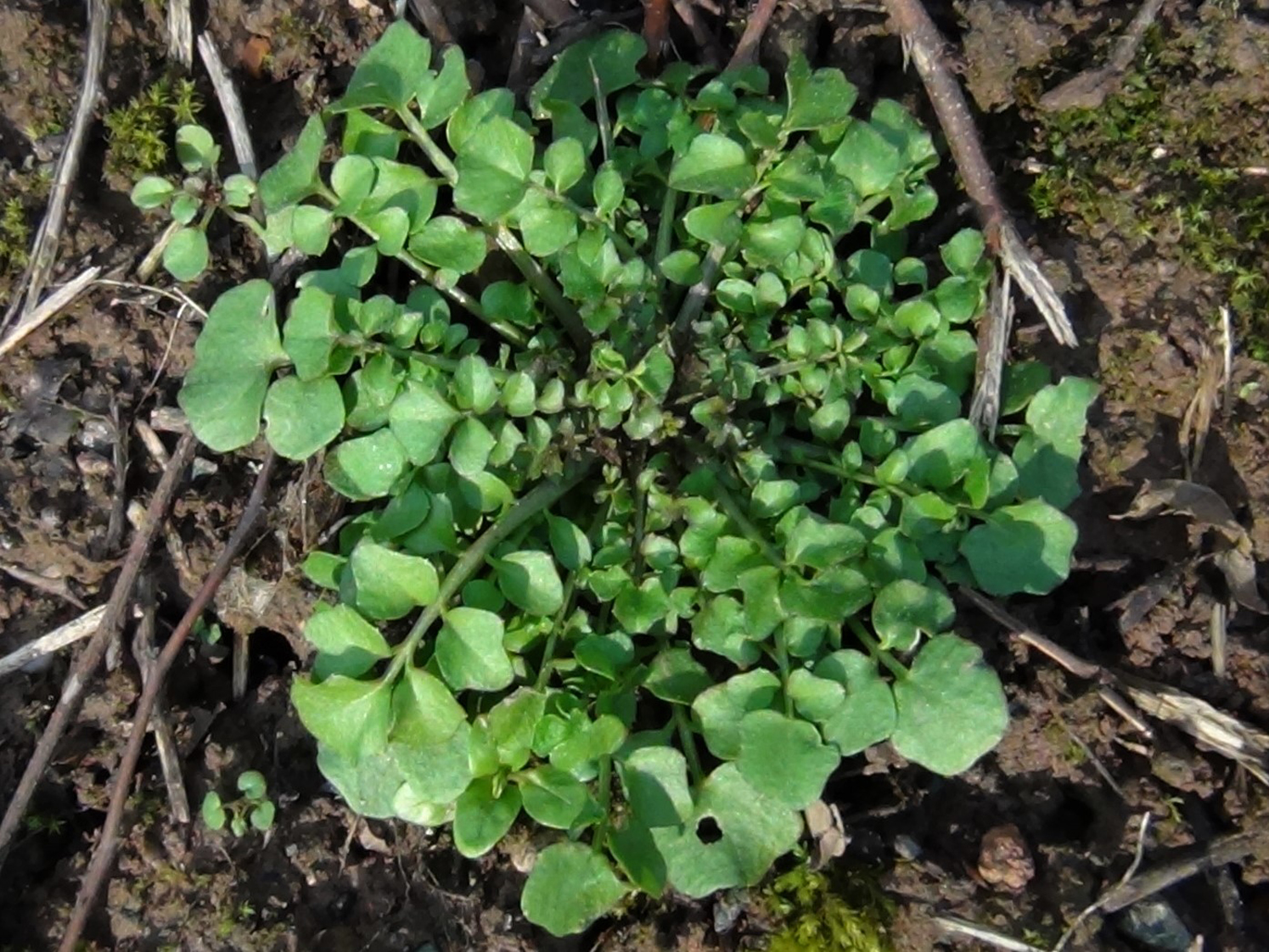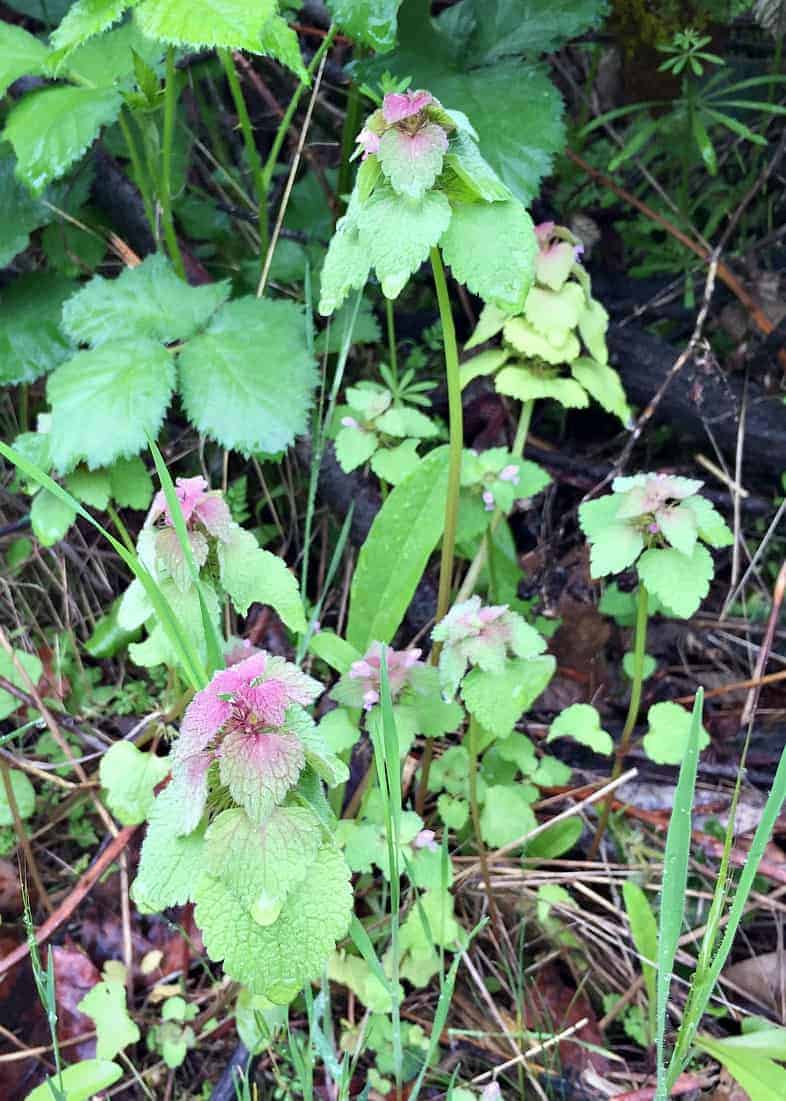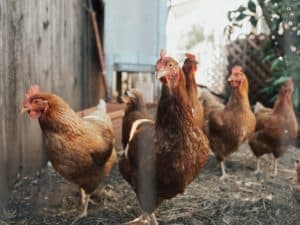Click here to read our affiliate disclaimer. Vitality Gear may earn a small commission from affiliate links in this post at no extra cost that helps to support the site.
Surviving in the winter might seem challenging, but there are still abundant foraging opportunities to be found even in this colder season. In this guide, we will focus on utilizing winter vegetables to create a hearty and nutritious meal. We will specifically be foraging for chickweed, purple dead nettle, peeled garlic, and spicebush hairy bittercress for our winter survival lesson.
You might be surprised to discover that these plants are available during the winter. This blog aims to shed light on the various plants that can be found in your local forest, allowing you to venture out and forage for your dinner in the wild and beautiful environment of the winter Forge. So, let’s dive in and learn more about these edible winter treasures!
Winter Vegetables For Survival Guide
Purple Dead Nettle
It starts to get a little bit purplish and a key thing here is you can always tell it is a part of the mint family by checking the stem you can also look for a purplish texture and the
the stem will be square.
A test that you can perform is to see if you can roll it between your fingers, a square stem cannot.
Here we have filled the garlic field.

It tends to look like grass, but it is not and you can see hollowness, it has a similar smell to garlic, and this plant you will always be able to find in the winter season.
Typically it grows in clumps that come up and grass, and you will just cook them up like you would any
onion. If you would like you are able to use the tops like you use chives, simply chop them up.
The only downside about it is you will end up with bad-smelling garlic breath.
Spicebush

It’s a branch that has little buds that are winter floral buds the bark of spicebush is normally an olive color and it also has speckles on it.
And these speckles are called and called lenticels which are breathing pores. You can chew on the twigs which are a kind of tasty treat.
It has a unique smell and you can do a test that is referred to as the scratch and sniff test because nothing else will smell anything like
this.
Some have said it smells like a spicy lemon.
Hairy bittercress

It grows in a rosette shape it tastes like watercress but with a less mild taste
Chickweed
The chickweed plant has a very weak stem that does not stand up straight a crooked if you pull it apart you will see elastic thread kind of like a rubber band inside of the plant it is a mild-tasting plant you can forge.
Making Pasta and Tea
Now with all of this forged you will want a way to cook them.
So you can take your field garlic and start separating the balls from the greens, and take the bulbs cut them up and we can make a spice with it.
We could have them submerged in water for a short time then you can scrape the field garlic into some pasta and chop up peeled garlic tops, now one last thing to add is the cheese.
This delicious pasta meal is great for winter vegetables for survival it’s called Penne Pasta with the spice of winter and hot spicebush tea and this is something I had come across
Preparing a Satisfying Pasta and Tea
Once you’ve successfully foraged the required ingredients, it’s time to cook up a delicious meal. Begin by separating the bulbs from the greens of the field garlic and cutting the bulbs into small pieces to create a spice. Submerge them in water briefly and then add the scraped field garlic to some pasta. For an extra kick, chop up some peeled garlic tops and add them to the mix. To elevate the flavors, don’t forget to sprinkle in some cheese.
This delightful dish is known as “Penne Pasta with Winter Spice,” and it perfectly showcases the essence of winter foraging. Pair it with a hot spicebush tea, which adds a comforting warmth to the meal. I stumbled upon this recipe in a foraging video long ago, and I couldn’t resist sharing it with you. Having prepared and enjoyed it countless times, I can vouch for its excellent taste.
In Conclusion
I hope you’ve enjoyed learning about these winter vegetables and how to use them in crafting a delectable pasta and soup. While gathering the necessary ingredients for this dish might be relatively easy in certain geographic locations, it can be more challenging in others. Nonetheless, the effort is well worth it, as the flavors and nourishment that these winter treasures provide are truly exceptional.
If you’re eager to explore more on this topic, you may find interest in reading below. Happy foraging and bon appétit!
You may be interested in reading:
429
SHARES
Related Posts
- What Is the Difference Between Bushcraft and Survival?
What is the difference between bushcraft and survival? This is a common question among outdoor…
- Jungle Survival Kit With Infographic
Surviving in the dense and perilous jungle environment requires careful preparation and the right survival…
- Top 10 Most Important Survival Items You Need to Know
Being ready for emergencies is essential in the uncertain world of today. Whether you're dealing…



